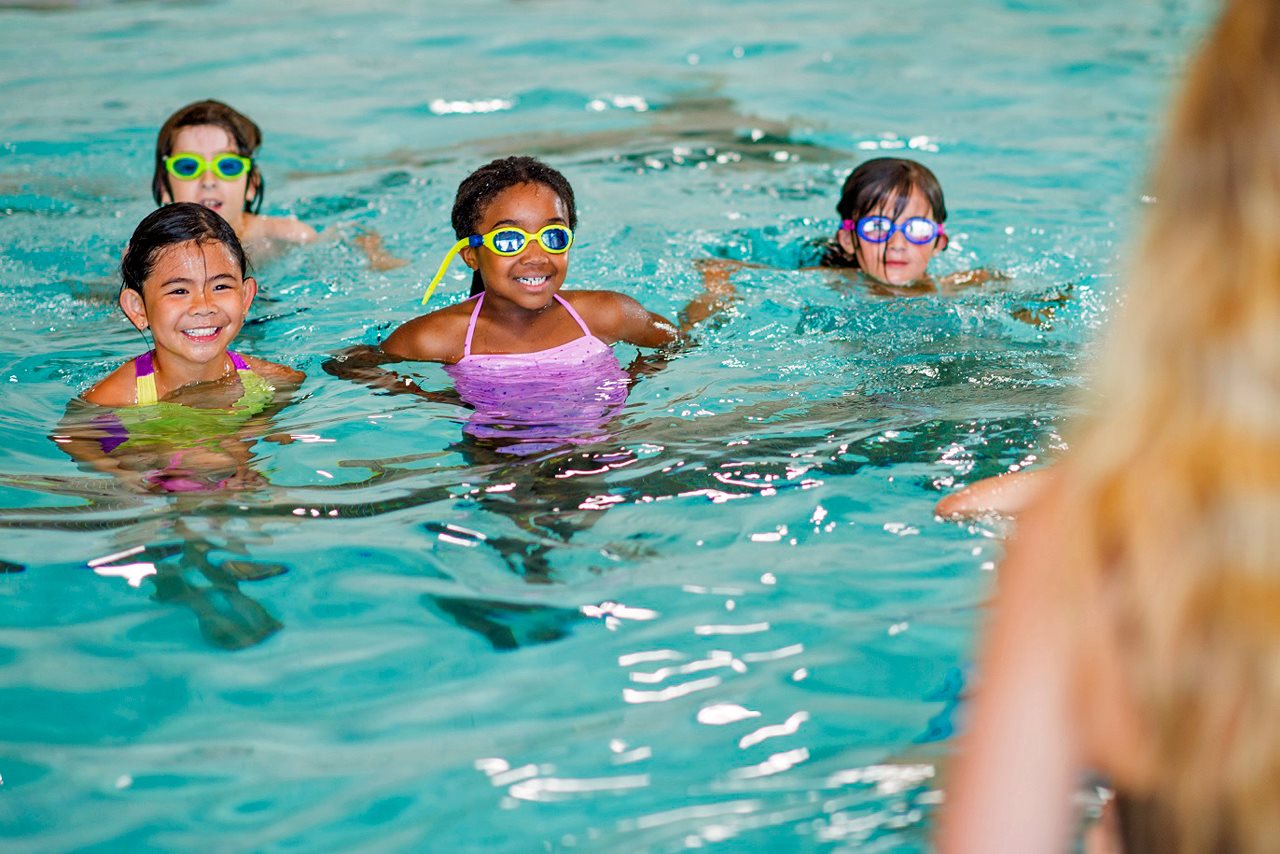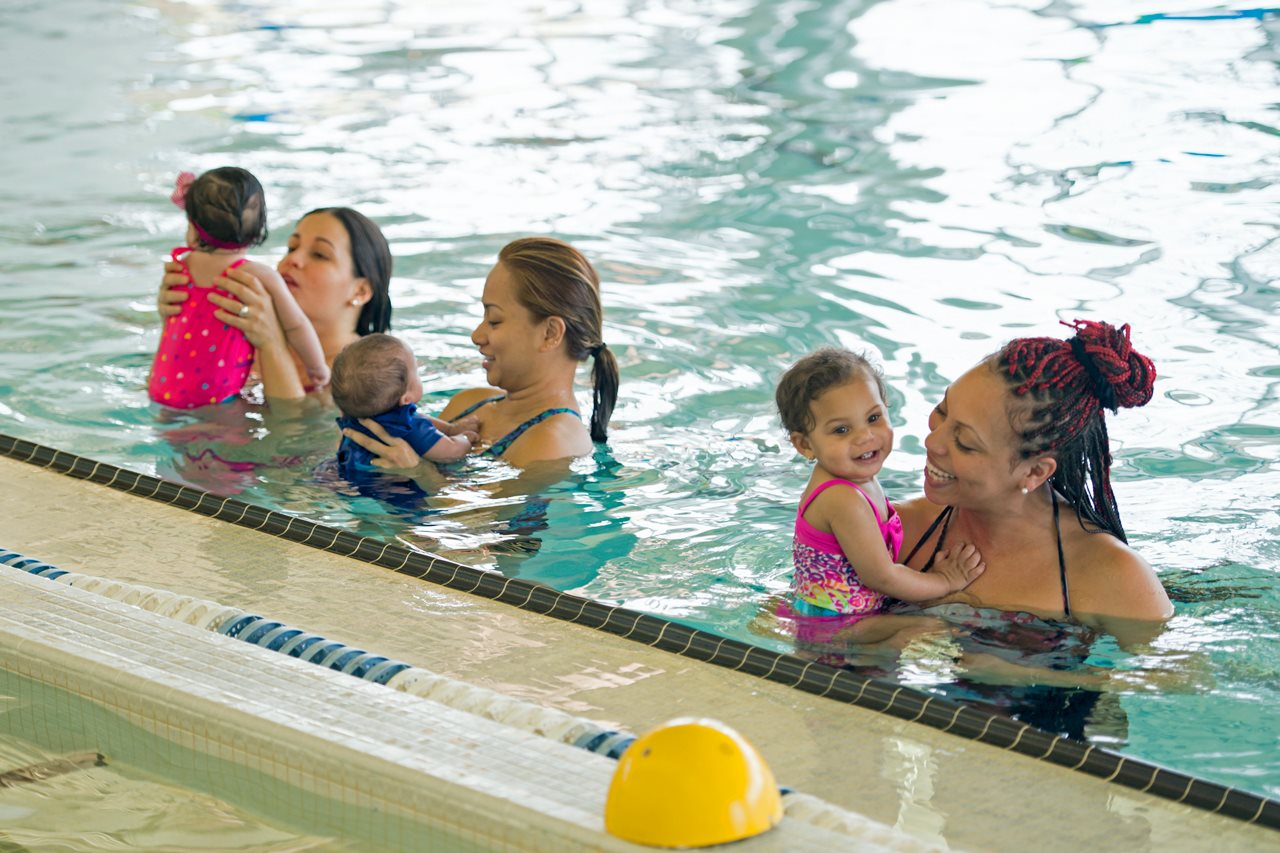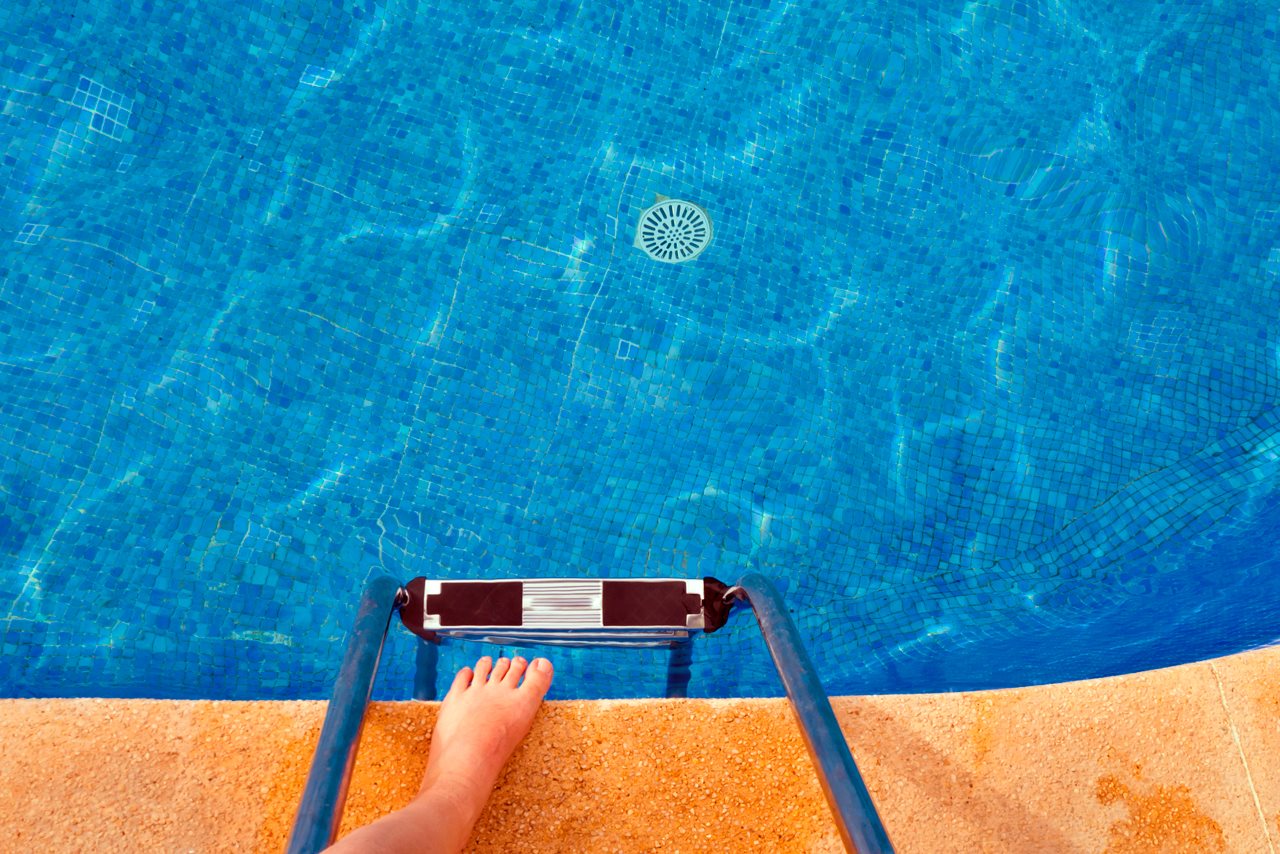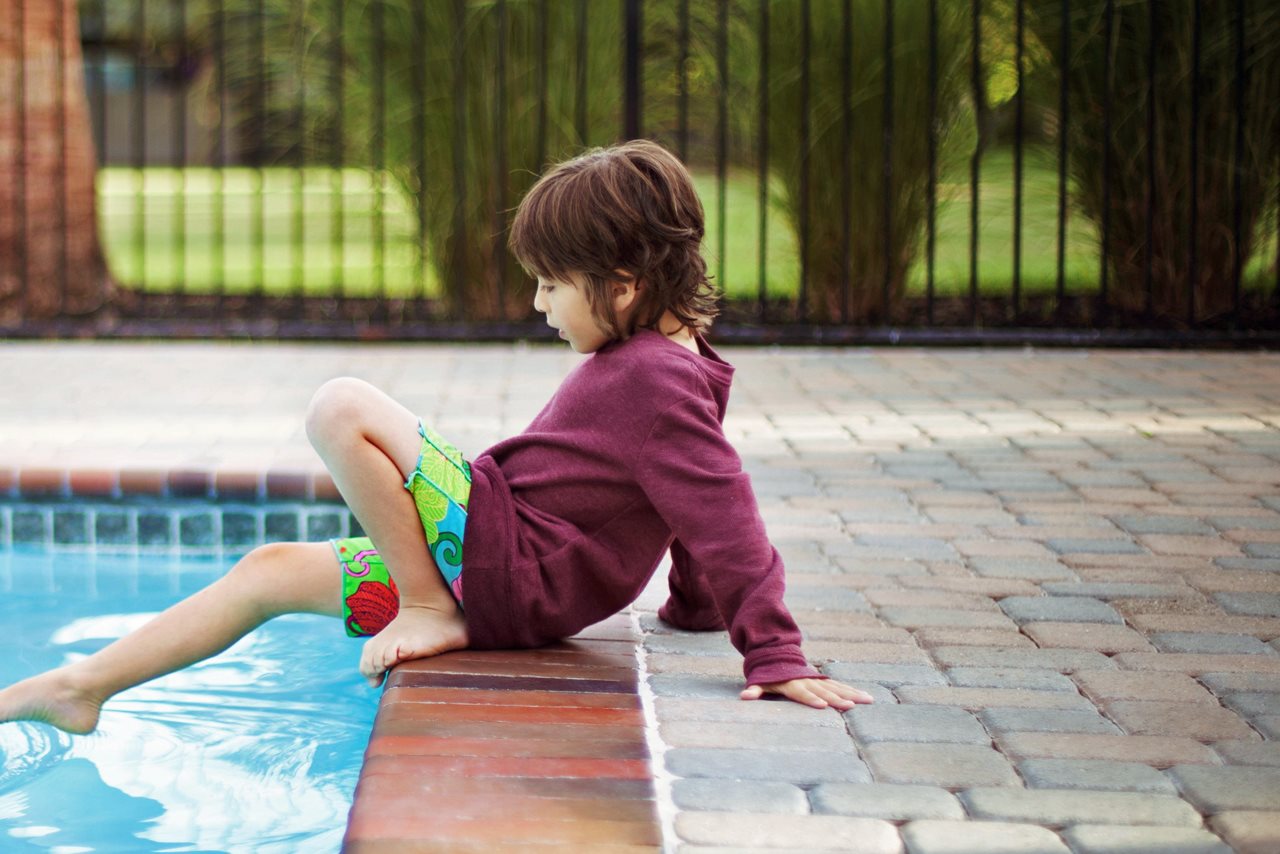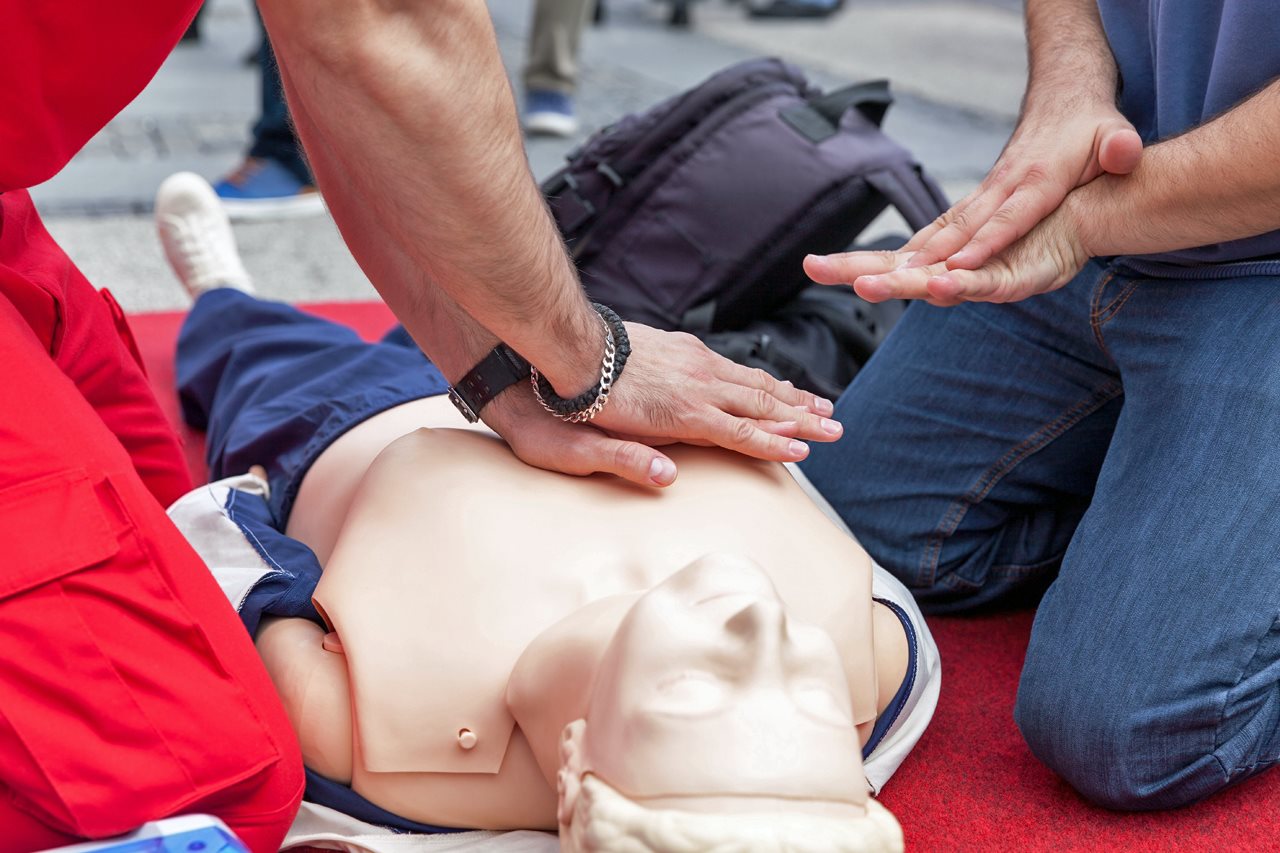2020-08-31T14:01:01
(BPT) – Whether due to illness, altered work schedules, homeschooling or social distancing, COVID-19 has impacted us all personally. Stress levels are high, and the resulting anxiety makes it much harder to get a good night’s rest. Despite the efforts of the $70 billion sleep-aid industry, many exhausted people are still searching for ways to get the sleep they need to keep their immune systems strong.
Unfortunately, sleeping pills are the dominant treatment strategy for insomnia. Sleeping pills don’t work for everyone, have side effects and do not address the underlying stress that is keeping you awake. That’s why medical experts are increasingly advising those struggling with poor sleep to first try more natural solutions. Kundalini Yoga is one viable option. Through the practice of kriyas, specific breath control techniques and exercises, anyone can find the fulfilling rest they need.
These Kundalini Yoga techniques can help if you have recently begun to suffer from poor sleep or you struggle with an ongoing sleep disorder. According to “Yoga Can Help With Insomnia” by Psychology Today, “Researchers at Harvard Medical School investigated how a daily yoga practice might affect sleep for people with insomnia and found broad improvements to measurements of sleep quality and quantity.”
The importance of sleep hygiene
First, it’s critical to maintain good sleep hygiene. These are the habits that put you in the best position to have a full night of quality sleep. Signs your sleep could use improvement include taking too long to fall asleep, waking multiple times with difficulty falling back asleep, overall light and restless sleep, and drowsiness during the day.
While each person must adopt consistent sleep hygiene practices that work for them, here are some guidelines that you can follow to sleep better.
- Avoid bright screens and stimulants like caffeine, alcohol or nicotine close to bedtime.
- Exercise during the day so the body is ready to rest later. Be mindful of timing; exercising too late in the day can disrupt sleep.
- A light snack is OK, but avoid heavy meals or spicy food before bed.
- Drink a glass of water before sleep since dehydration can disturb the sleeping mind. Waking up to use the bathroom is less disruptive to a whole night’s sleep than dehydration.
- Practice a restful activity before getting into bed. For example, do gentle yoga and slow breathing exercises, read a book, pray or meditate.
- If your nighttime sleep is poor, avoid napping during the daytime.
Yogic recommendations: Steps to deep, dreamless sleep
The 3HO Foundation recommends using these Kundalini Yoga techniques to quickly achieve deep sleep in just a few minutes:
Step 1: A busy mind has difficulty sleeping. Quiet your thoughts by first visualizing all your worries, ideas and problems, wrapping them up in a package, then placing that package on a shelf in your mind. You’ll be amazed at how many are gone, solved or improved by the time you wake up.
Step 2: Lie on your stomach, turn your head so your right cheek is on the pillow. This automatically opens your left nostril to bring in cooling, calming energy. Practice long, deep breathing in this position. Then block your right nostril completely with your hand and continue long, deep breathing through the left nostril.
Step 3: Once you feel drowsy, turn to your preferred sleeping position on your back or side. Continue long, deep breathing until asleep.
Sleep is always an important component to health and wellness. During stressful times, quality sleep is difficult to achieve. These steps will help you refine your sleep routine and discover better rest. To learn more, visit kundaliniresearchinstitute.org.



